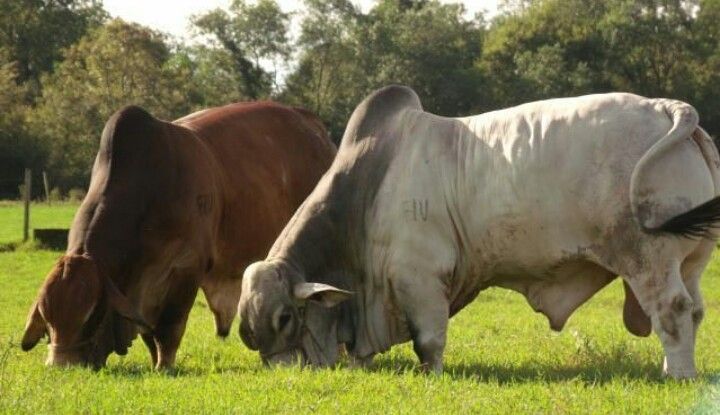Crossbreeding is a powerful tool in beef cattle production, offering numerous advantages, such as improved productivity, better adaptability to environmental conditions, and enhanced meat quality. By combining desirable traits from different breeds, farmers can create cattle well-suited to specific farming objectives. Below is an exploration of the role and benefits of crossbreeding in beef production.
1. Heterosis (Hybrid Vigor)
One of the primary benefits of crossbreeding is heterosis, or hybrid vigor. This occurs when the offspring of two distinct breeds perform better than the average of their parents. Key areas of improvement include:
- Faster growth rates.
- Higher fertility.
- Improved survival rates in calves.
Heterosis is particularly beneficial for traits like longevity, weaning weight, and feed efficiency.

On a similar note, at Kimd Group of Companies, we support beginner farmers by offering tailored business proposal writing services and design plans for various animal capacities. Therefore whether you’re just starting out or looking to expand, we provide the resources and expertise to help you succeed in the farming industry.
2. Combining Complementary Traits
Crossbreeding allows farmers to combine the best traits from different breeds. For instance, British breeds like Angus, known for their superior marbling and meat quality, can be crossed with continental breeds like Charolais, valued for their rapid growth and larger frame. This combination can result in cattle with both high-quality beef and excellent growth performance.

3. Adaptation to Environmental Conditions
Certain breeds excel in specific environments, such as tropical or arid regions. By crossbreeding local breeds adapted to harsh climates with high-performing exotic breeds, farmers can produce cattle that thrive under challenging conditions while maintaining productivity. For example, crossing Brahman cattle with British breeds creates offspring resistant to heat and parasites while retaining good meat quality.

4. Economic Benefits
Crossbreeding enhances efficiency and profitability. Improved growth rates mean cattle reach market weight faster, reducing feed costs. Additionally, higher fertility and survival rates lead to increased production per breeding season. The adaptability of crossbred cattle can also reduce management and veterinary costs.
5. Designing a Crossbreeding Program
To maximize the benefits of crossbreeding, farmers should plan their breeding programs carefully. Considerations include:
- Breed Selection: Choose breeds with traits that complement each other and align with farming goals.
- Rotational Crossbreeding: Involves rotating bulls from different breeds to maintain heterosis over generations.
- Terminal Crossbreeding: Produces offspring intended solely for market, focusing on growth and carcass traits.
Farmers must also ensure proper record-keeping to track performance and maintain the desired traits in their herd.
Conclusion
Crossbreeding is a strategic approach to improving beef cattle production, offering significant benefits in growth, fertility, adaptability, and meat quality. By carefully selecting and combining breeds, farmers can optimize their herds for specific goals and environmental conditions. A well-implemented crossbreeding program is a cornerstone of modern beef production, enhancing both productivity and profitability.
